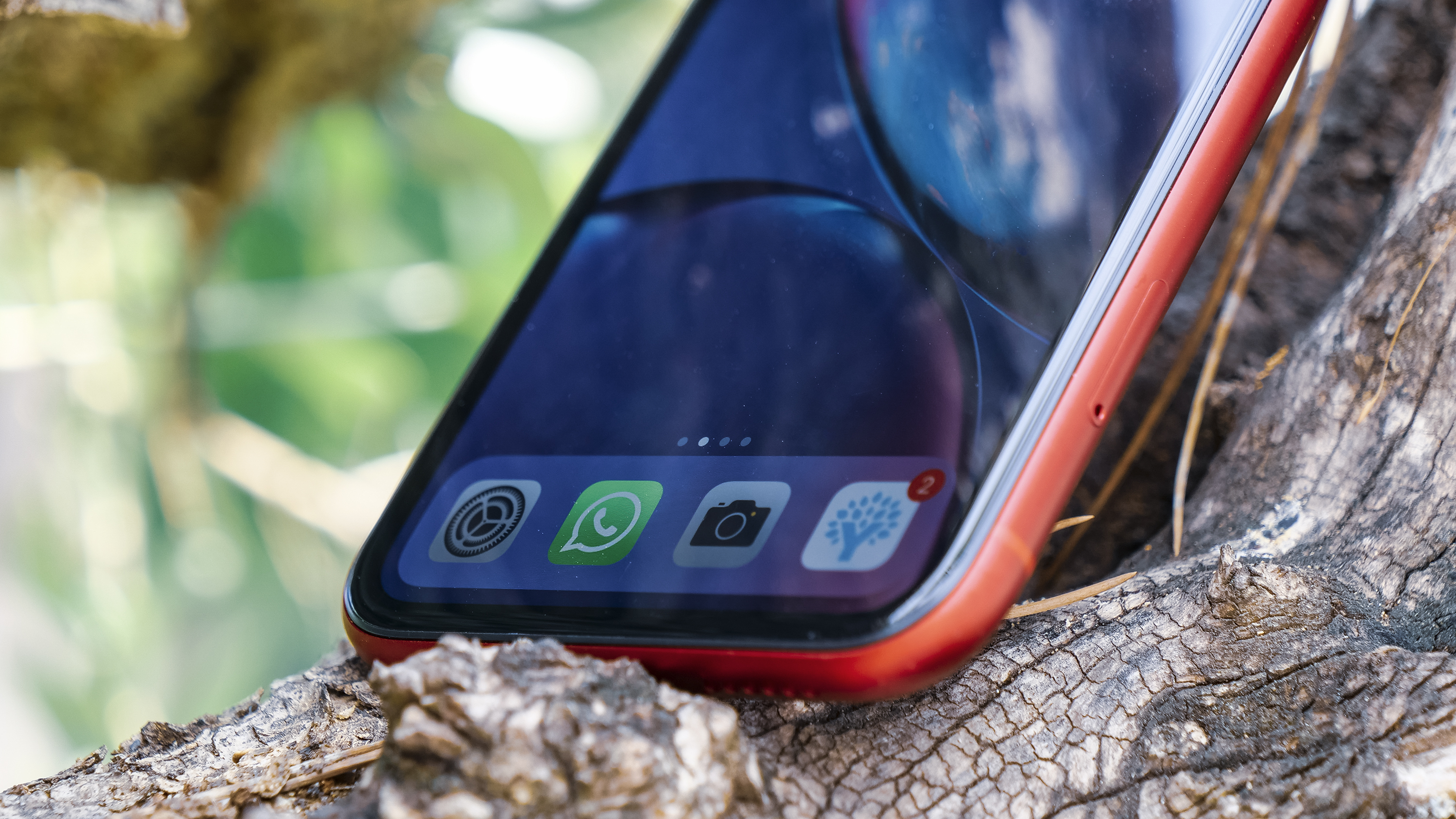Why you can trust TechRadar
If you’re any kind of seasoned iPhone user, you probably won’t be that impressed by the iPhone XR’s camera. That’s not to say it’s not decent – it’s powerful at times, and often just takes a good snap without much work – but it doesn't really improve the iPhone’s camera story that much.
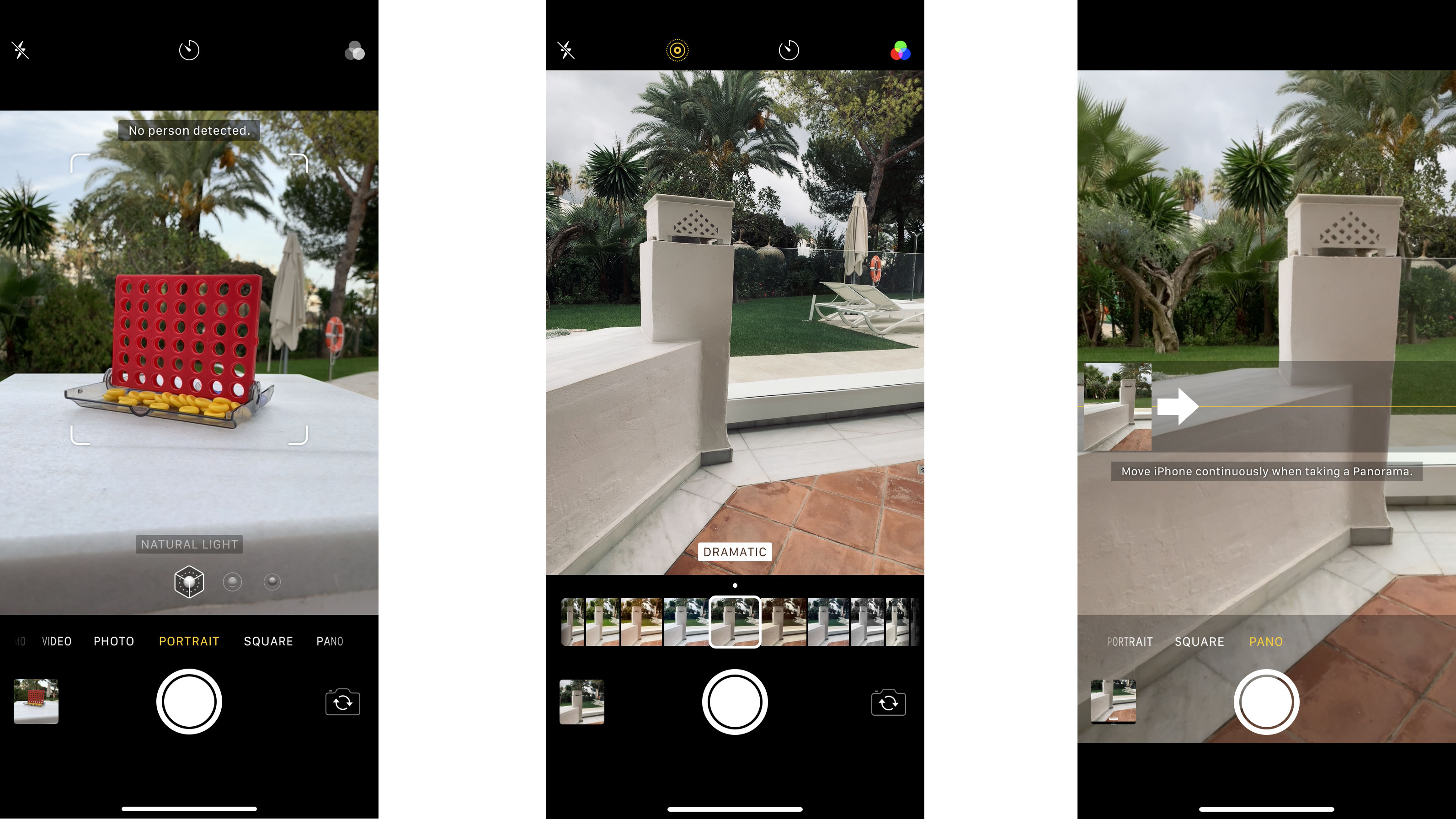
Shorn of the secondary sensor, the iPhone XR’s camera doesn’t quite hit the heights of those on the XS duo – they offer some truly stunning snaps at times, with incredible detail and brightness, and while the XR isn’t that far behind it’s not got the same 'wow' factor.
Again, there’s nothing really to criticize it for, but we never took a photo that we were truly impressed by and wanted to share.
Perhaps that’s the curse of the LCD screen as well though – even when taking a photo with the XR that was similar in terms of lighting and colors to one taken with the iPhone XS, the more saturated, vibrant color of the XS image was instantly more appealing.
Where the iPhone XR struggles the most is in portrait mode – where the XS has hardware to do the job, the XR is just using a software algorithm to discern where the human ends and the background begins, so that it knows which parts of the image to blur.





It's generally quite effective, but side-by-side with the iPhone XS it’s a poor relation. There's still fringing around sections of the subject, especially on body parts, and the level of blurring wasn’t as strong, and while you can alter this in the settings afterwards, it’s a little tiring to have to do so.









Mixed lighting conditions come out OK, but the sky is a little lost




The Smart HDR mode still is working well – it’s not a lot different to previous HDR modes that Apple has offered, but does improve the quality of photos on a regular basis.

If you’re ever shooting anything with a touch of sky or cloud, the difference is marked – and the little flicker of Live Video, which just uses the raw video footage shot from the sensor, shows just how much things are improved when the moving image jumps into the final still, and you see the effects of the various processing tricks.

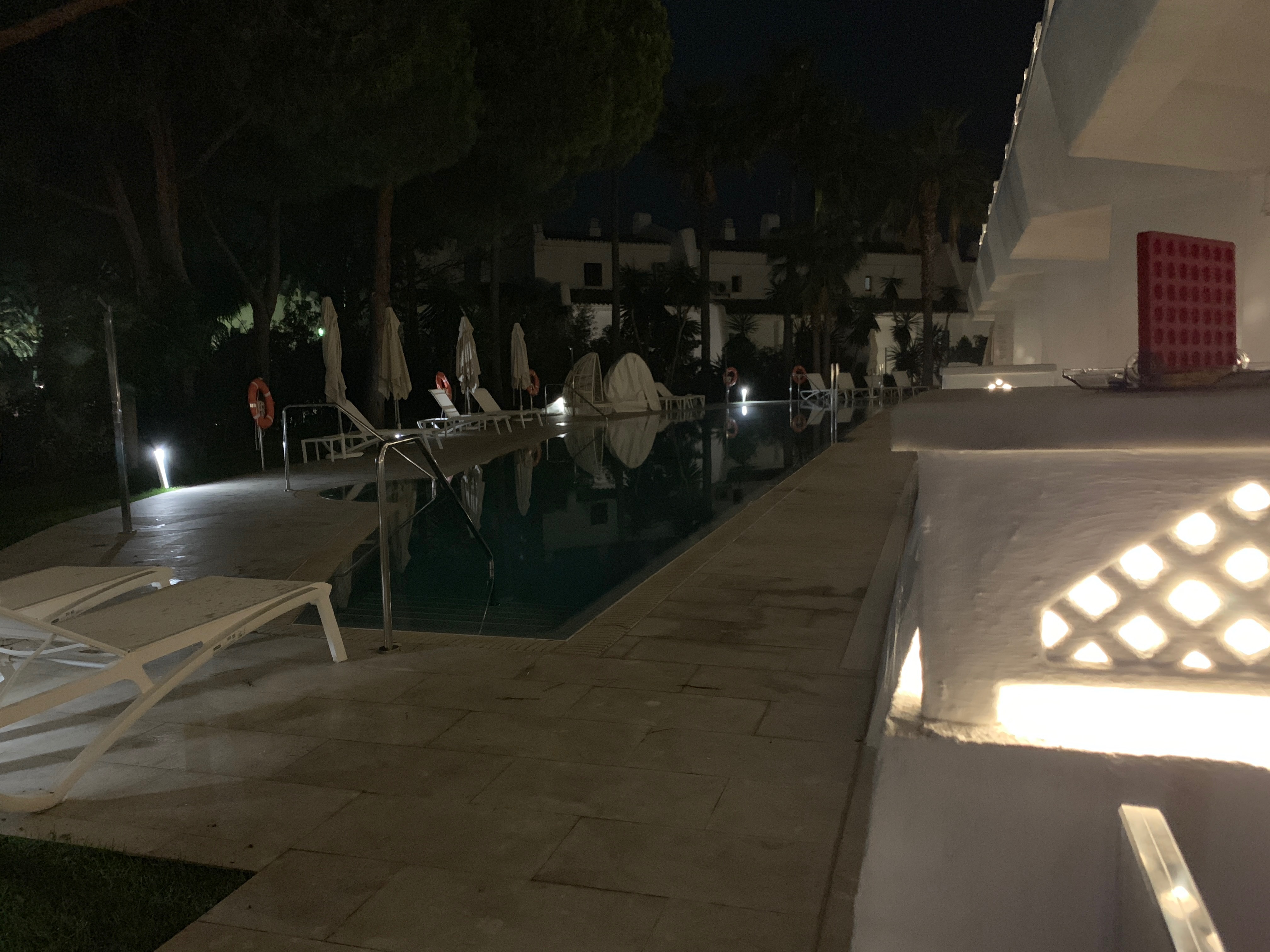

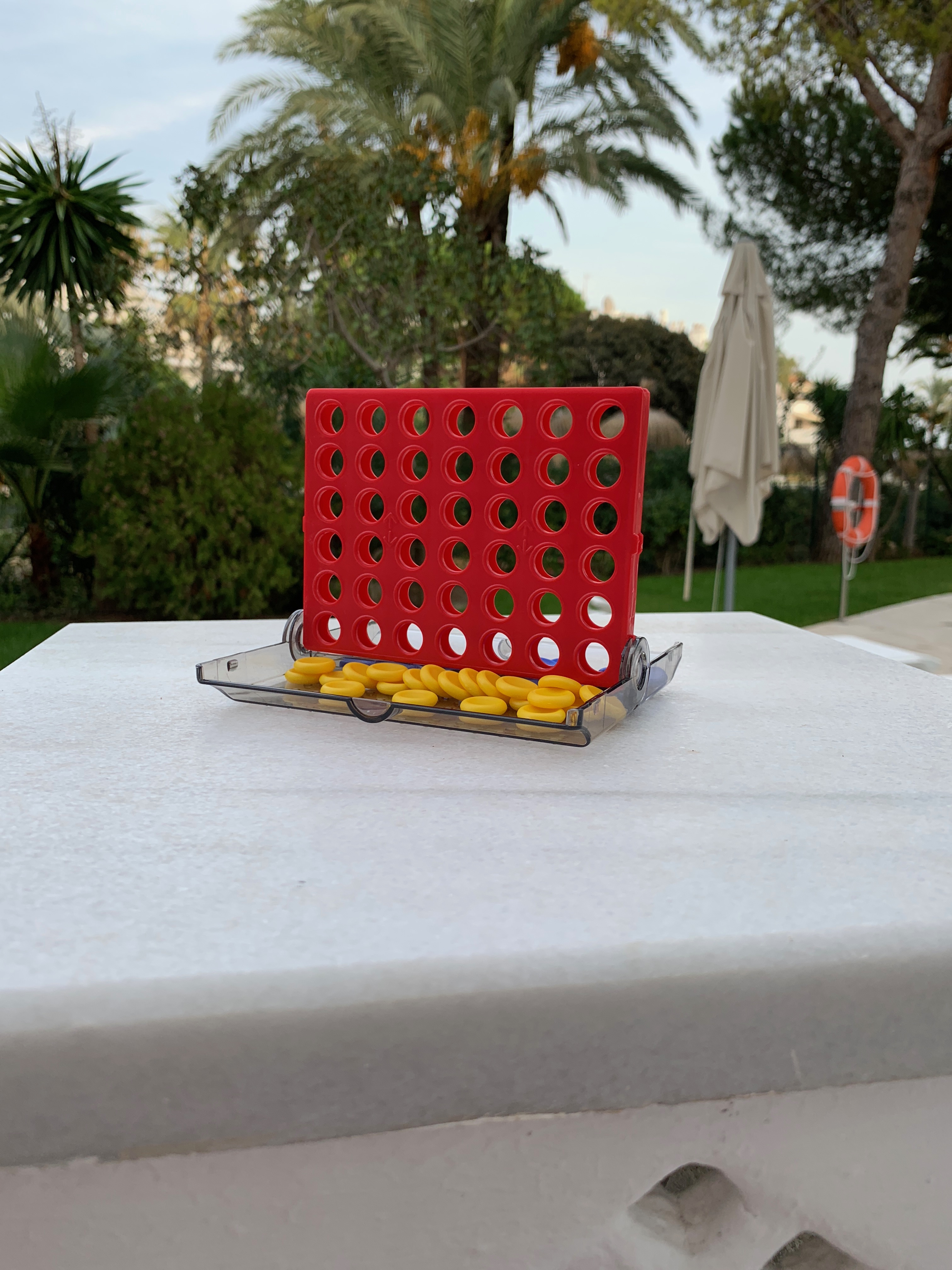
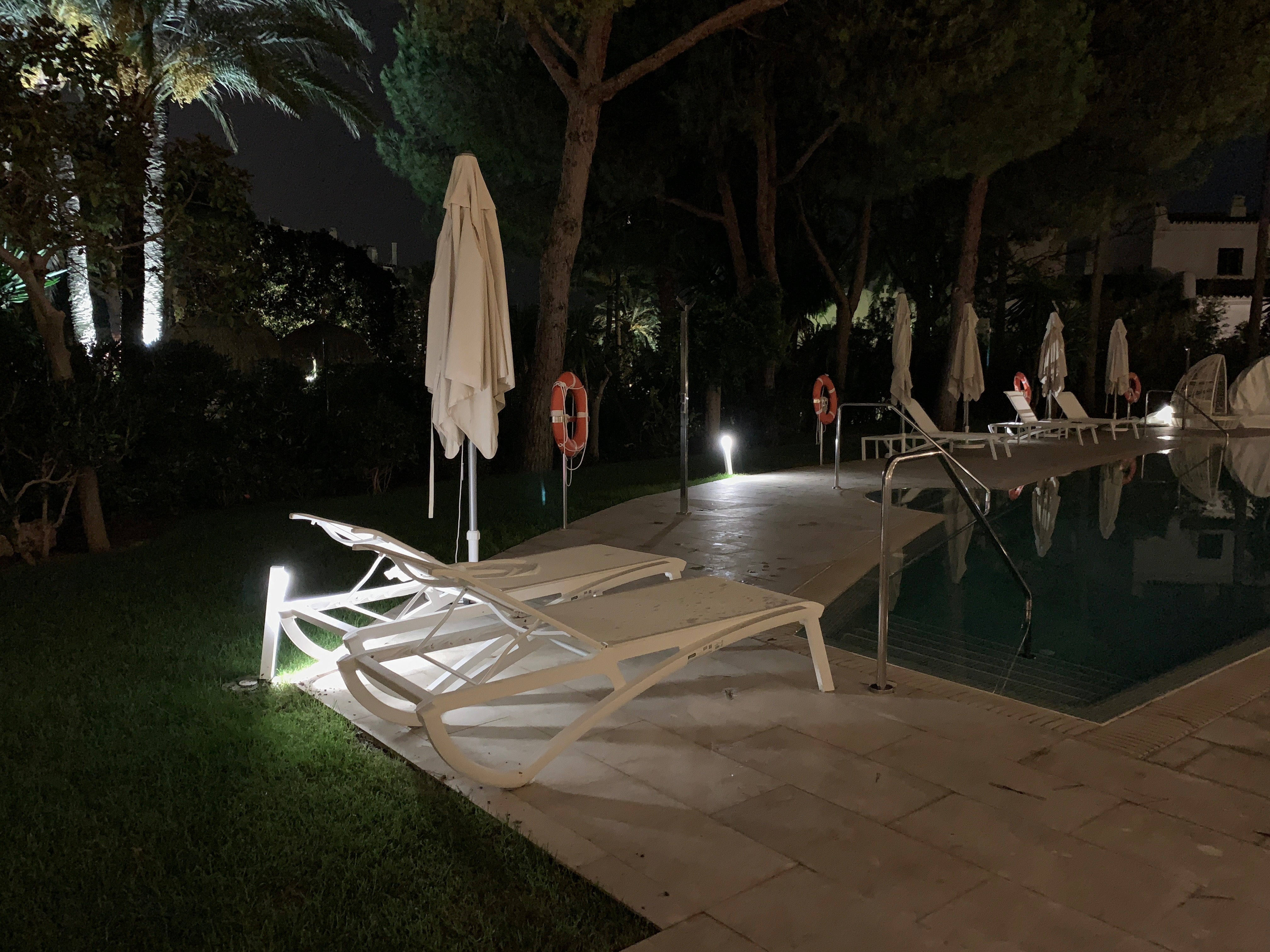
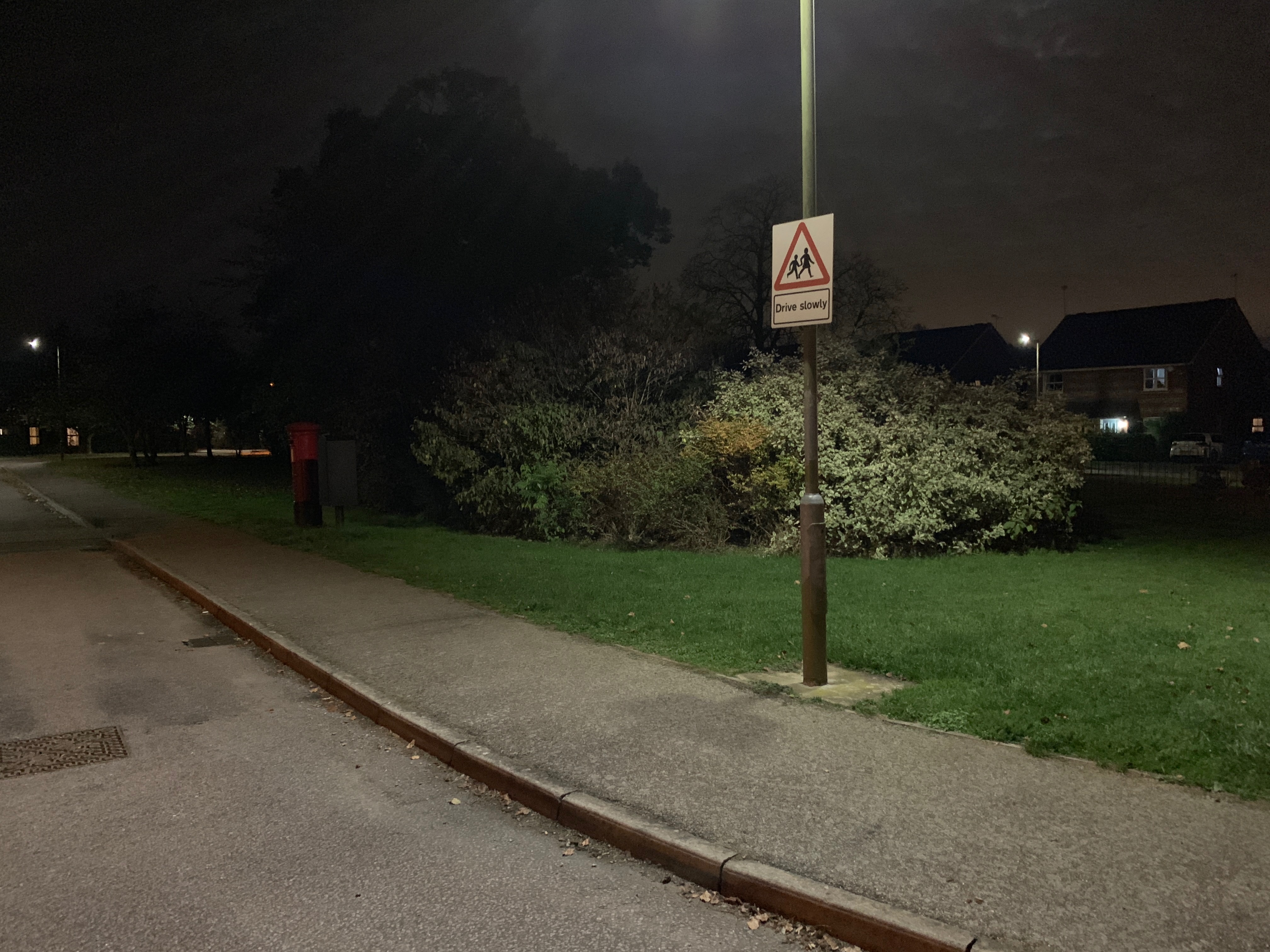
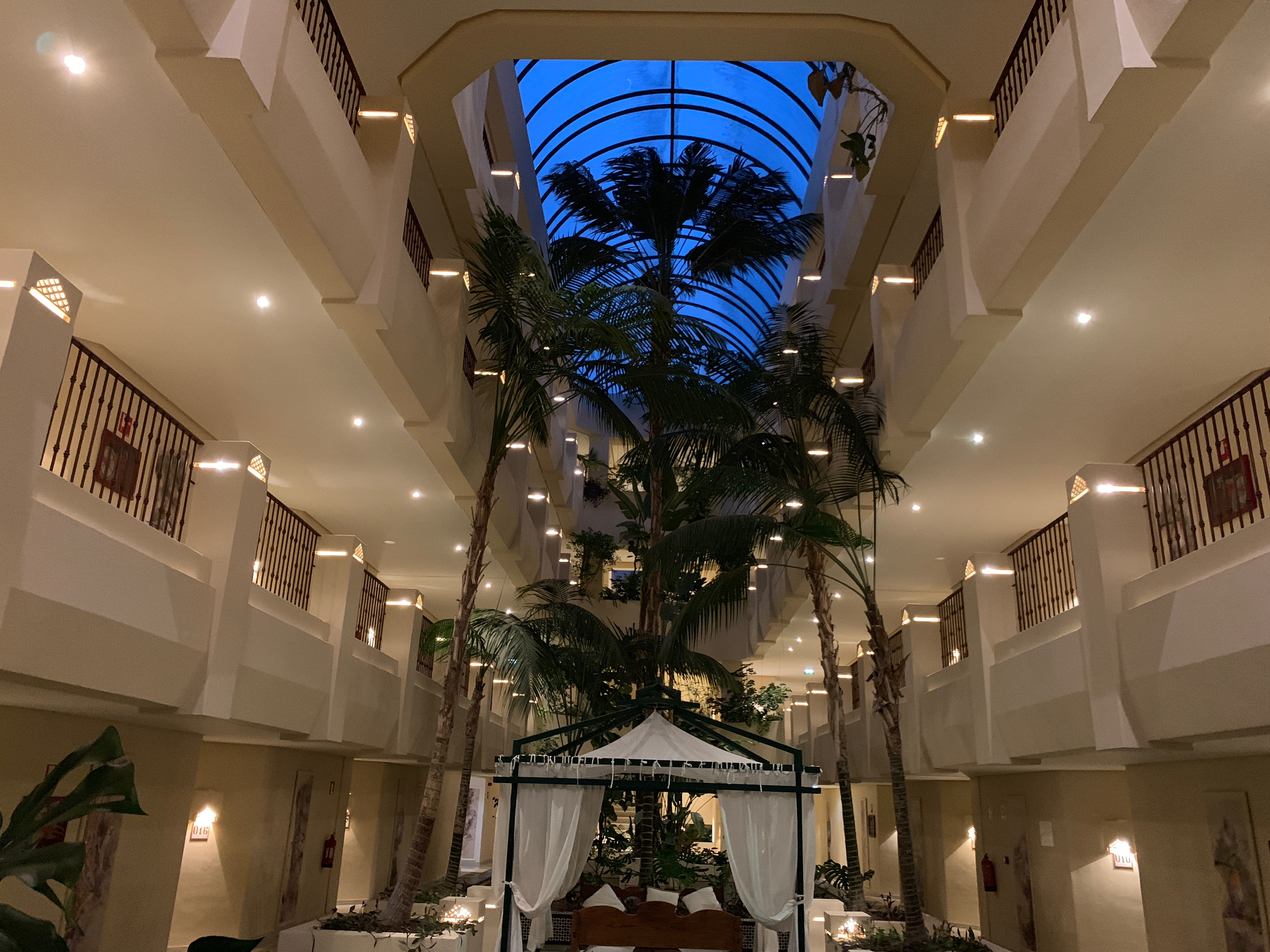

In low light, things are pretty impressive – the processing doesn’t seem to massively detract from the quality of shots when they're viewed close up, and it really brings out the brightness of scenes, even revealing more light than the human eye can see.
Overall, the camera quality on the iPhone XR is just fine, and it can go toe to toe with a multitude of other handsets on the market. The Smart HDR capabilities of the iPhone XS are present, if not quite as incredible as in the more expensive model, and the low light performance continues to be on the right side of impressive.



The big loss here is the second sensor – yes, if you’re upgrading from one of the Plus models you may still see a discernible improvement in image quality, as you might expect, but compared to the iPhone XS this handset doesn’t have the same capability for producing lovely 'bokeh' shots.
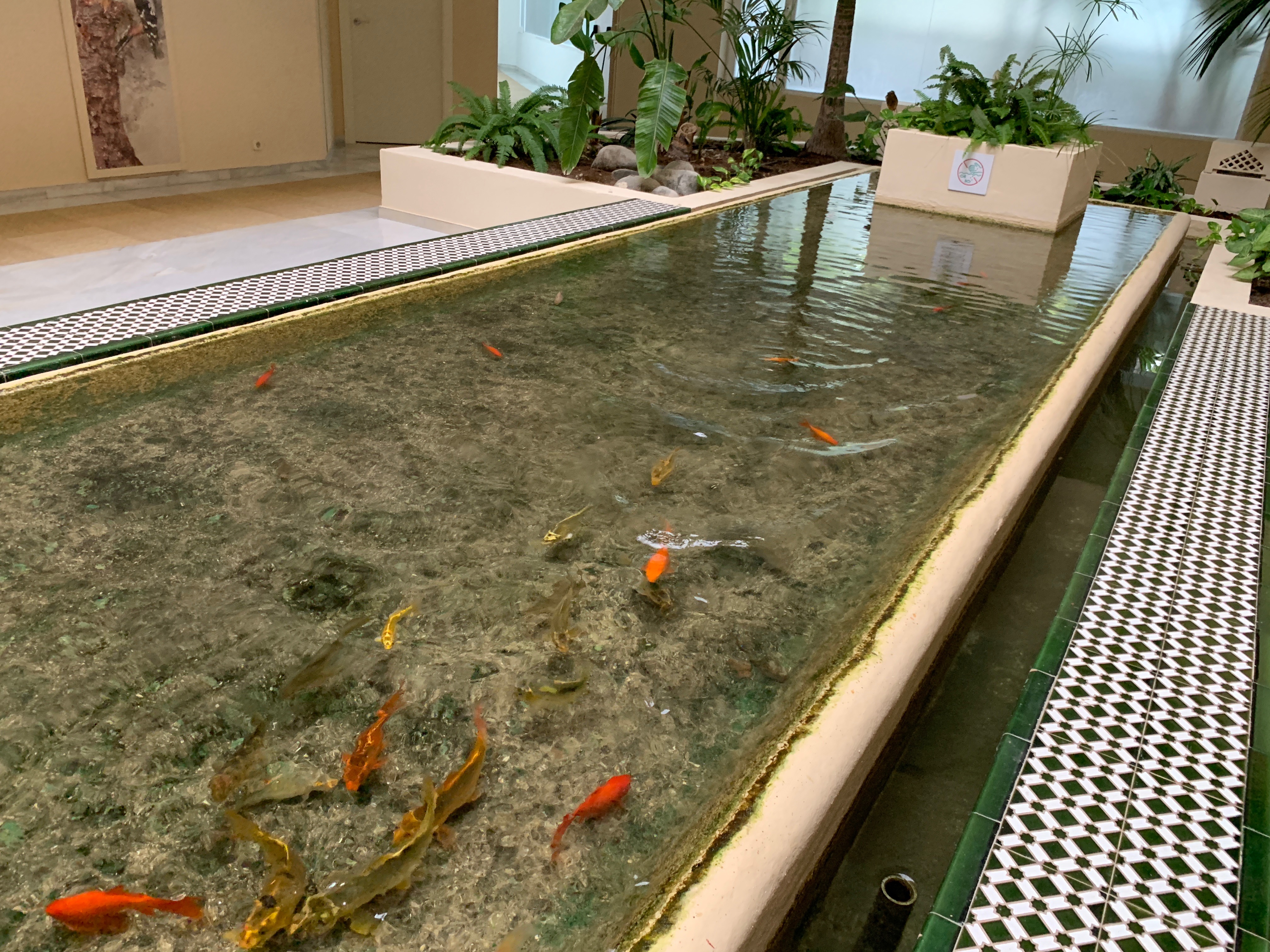
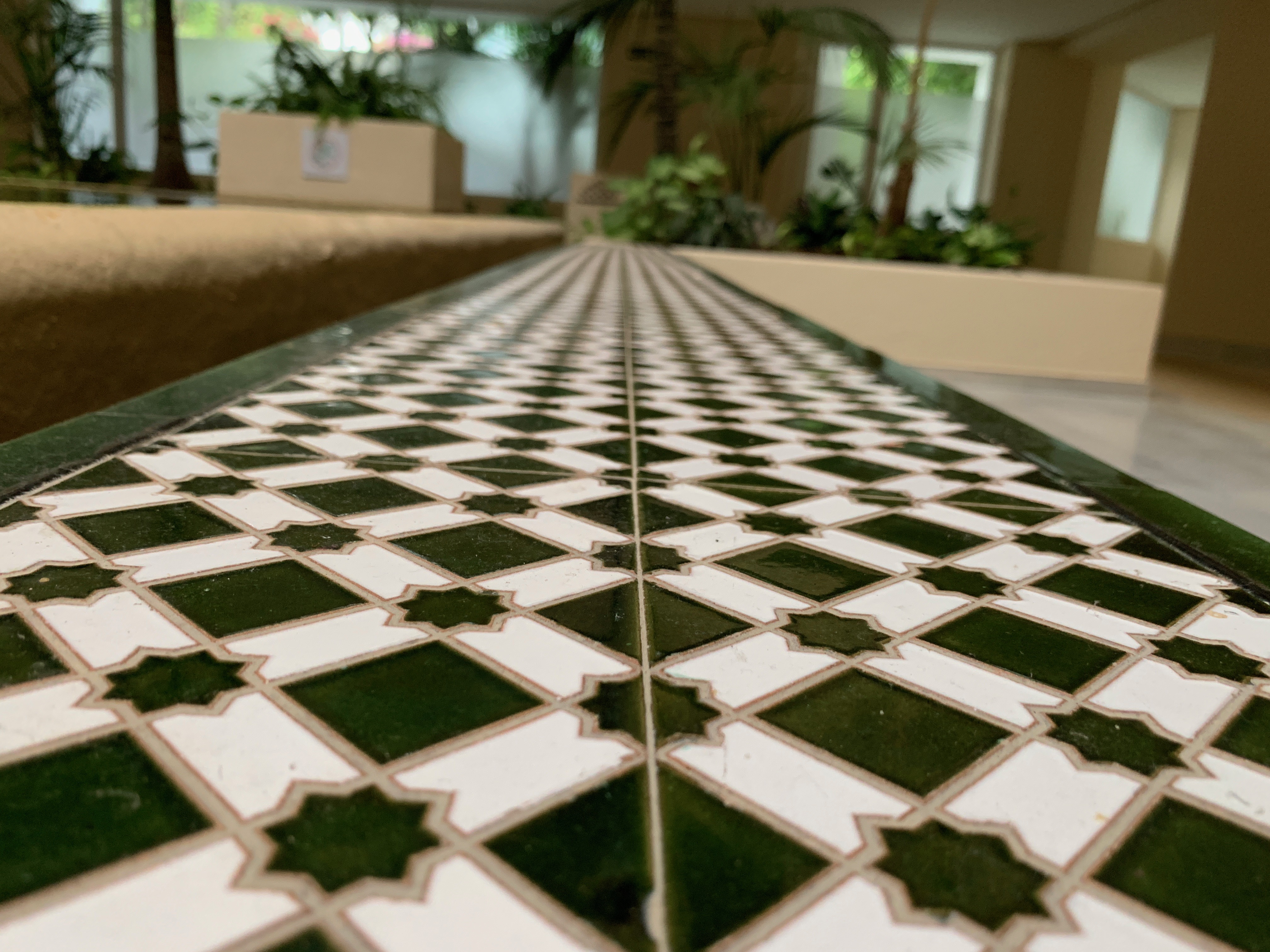
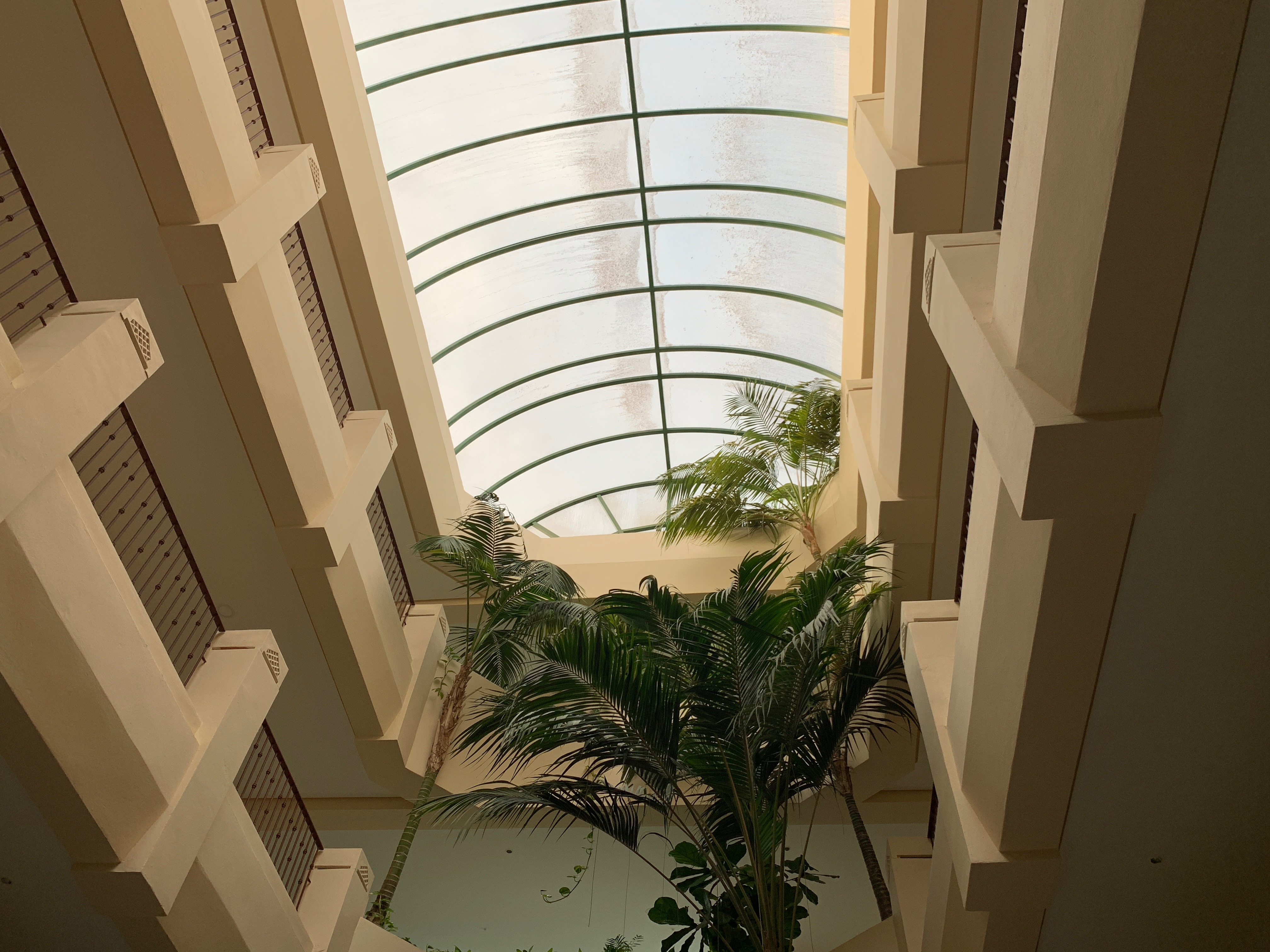
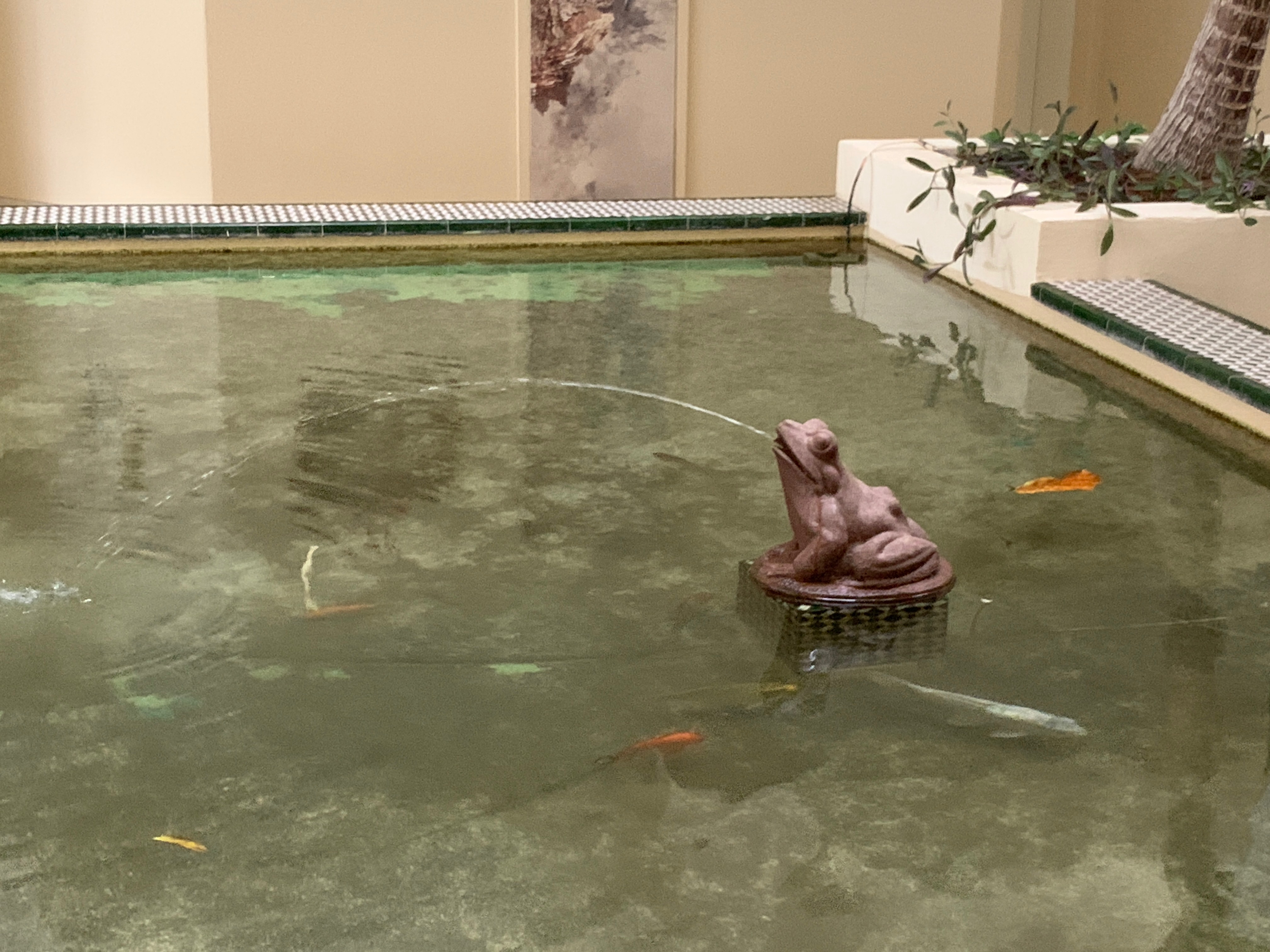

The front-facing camera is more impressive though, and you can take a good selfie with a blurred background here. Even in low, soft light it’s possible to get a decent background blur (especially if you crank the aperture after the shot is taken) and the lighting effects can make a real difference.
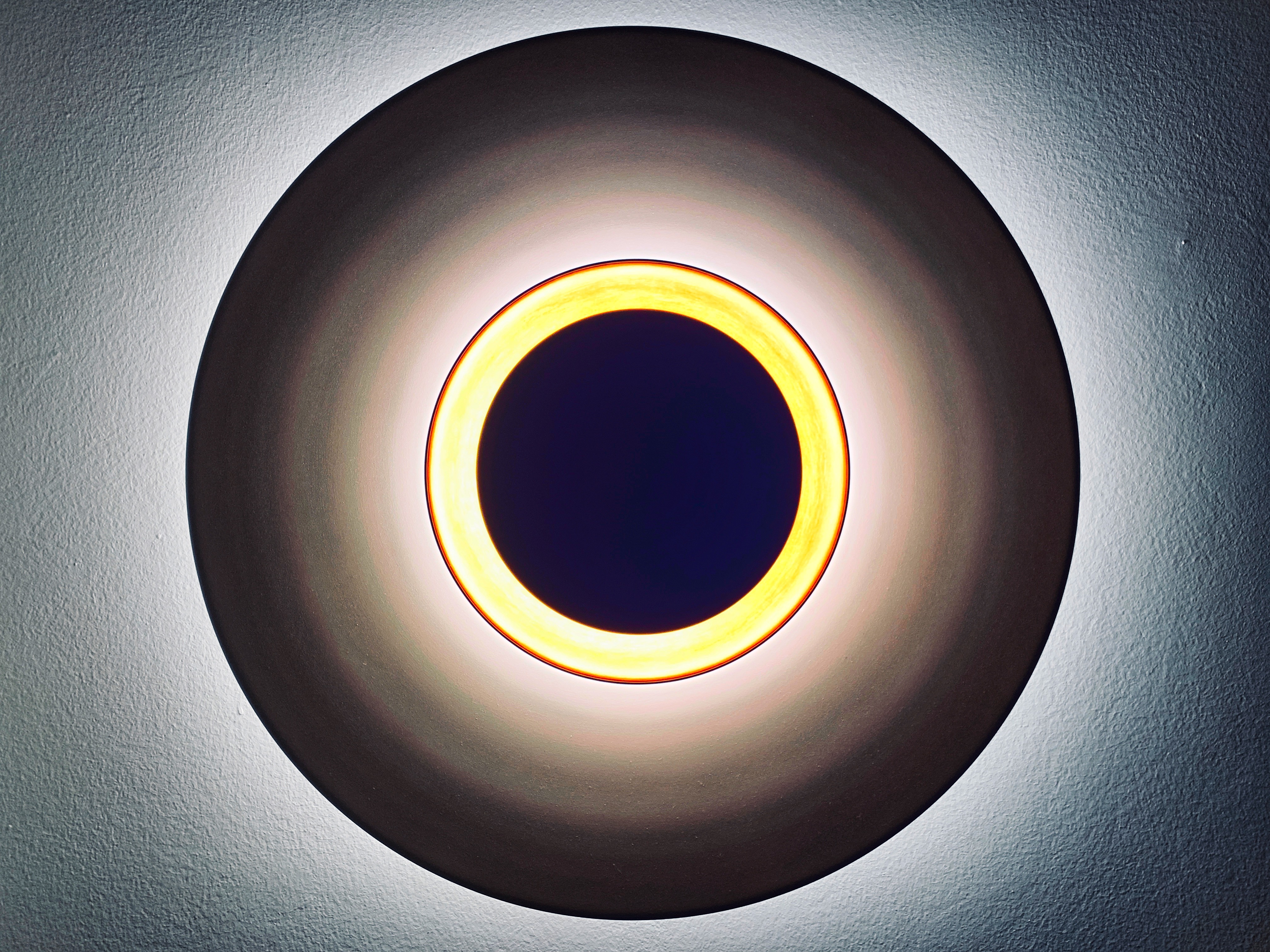
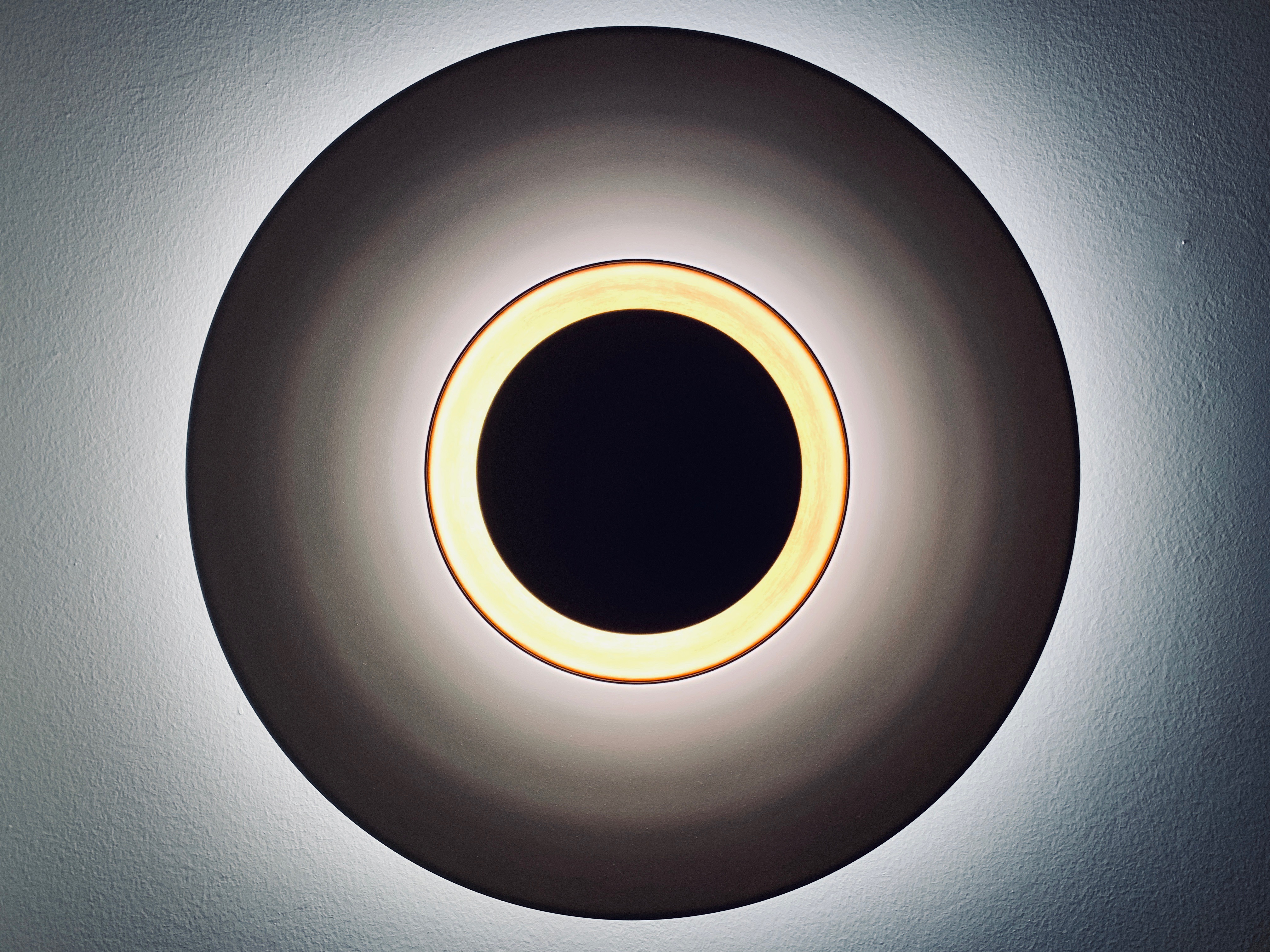
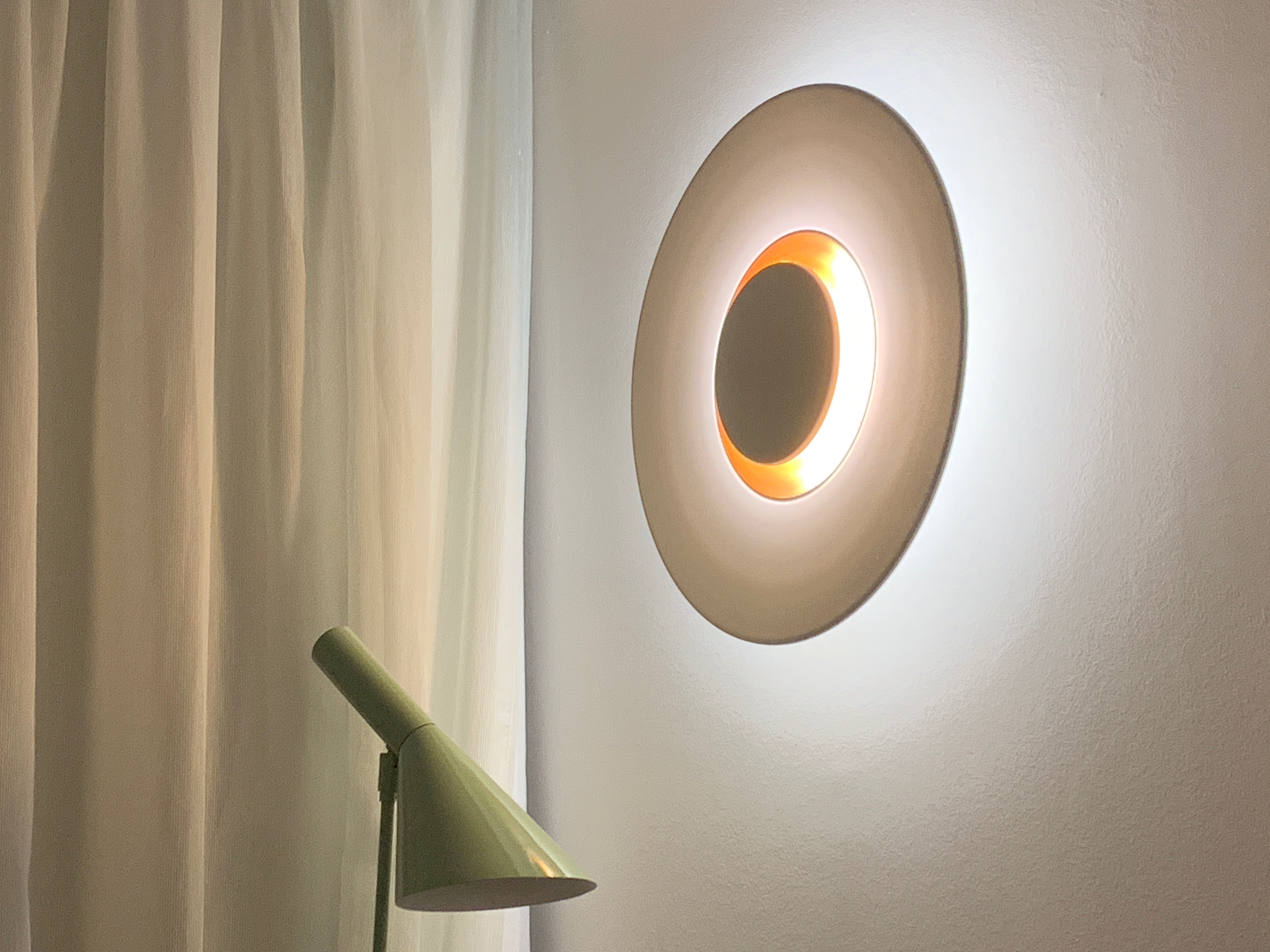
As seen the previous year on the iPhone X, the crop of the body is a little too harsh and means you probably won’t be using the Stage Light or Stage light mono settings too often (where they cut out the background) but overall we think the iPhone XR is one of the better selfie cameras around, if for nothing else but ease of use.

Gareth has been part of the consumer technology world in a career spanning three decades. He started life as a staff writer on the fledgling TechRadar, and has grew with the site (primarily as phones, tablets and wearables editor) until becoming Global Editor in Chief in 2018. Gareth has written over 4,000 articles for TechRadar, has contributed expert insight to a number of other publications, chaired panels on zeitgeist technologies, presented at the Gadget Show Live as well as representing the brand on TV and radio for multiple channels including Sky, BBC, ITV and Al-Jazeera. Passionate about fitness, he can bore anyone rigid about stress management, sleep tracking, heart rate variance as well as bemoaning something about the latest iPhone, Galaxy or OLED TV.
